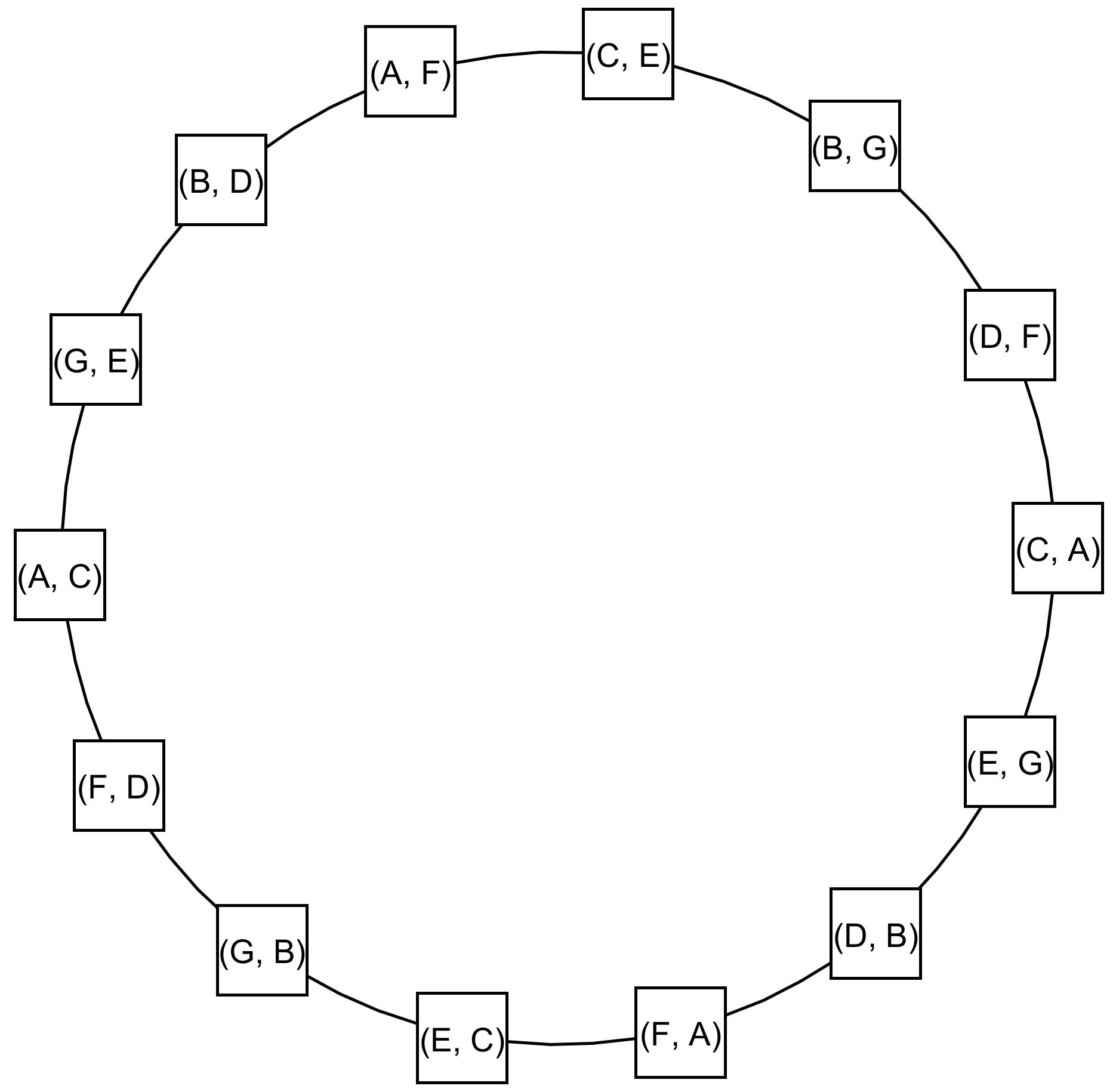One area to which I devoted years of research exemplifies how chance sometimes rules our lives. From early age I found the phenomenon of “enharmonicism” fascinating, for example, the finding that we experience intervals such as “major third” and “diminished fourth” as so fundamentally different—in fact, one is consonant while the other is dissonant—even though they are virtually identical acoustically. As a topic for my doctoral dissertation my initial choice was therefore enharmonicism, in the context of word-music relationships in Schubert Lieder. One morning, while trying to clarify to myself that nature of enharmonicism, I found myself experimenting with pairs of integers. The need to understand the mathematical model on which I accidentally stumbled made me give up my original topic (not completely—a few ideas were published in the article “Music and Text in Schubert Songs: The Role of Enharmonic Equivalence”), and thus my 1986 dissertation became a point of departure for a series of publications that explore connections between music, mathematics, and cognition (1989–1996), a connection that is also central to the 2013 book The Languages of Western Tonality. A 2008 article (in Hebrew) intended for the general public offers a glimpse of the questions pursued. "Sound Gyro"—a permanent exhibit in the MATH ADVENTURE-LAND DRESDEN—is based on my contributions to the theory of diatonicism, among those of other researchers in the field.

